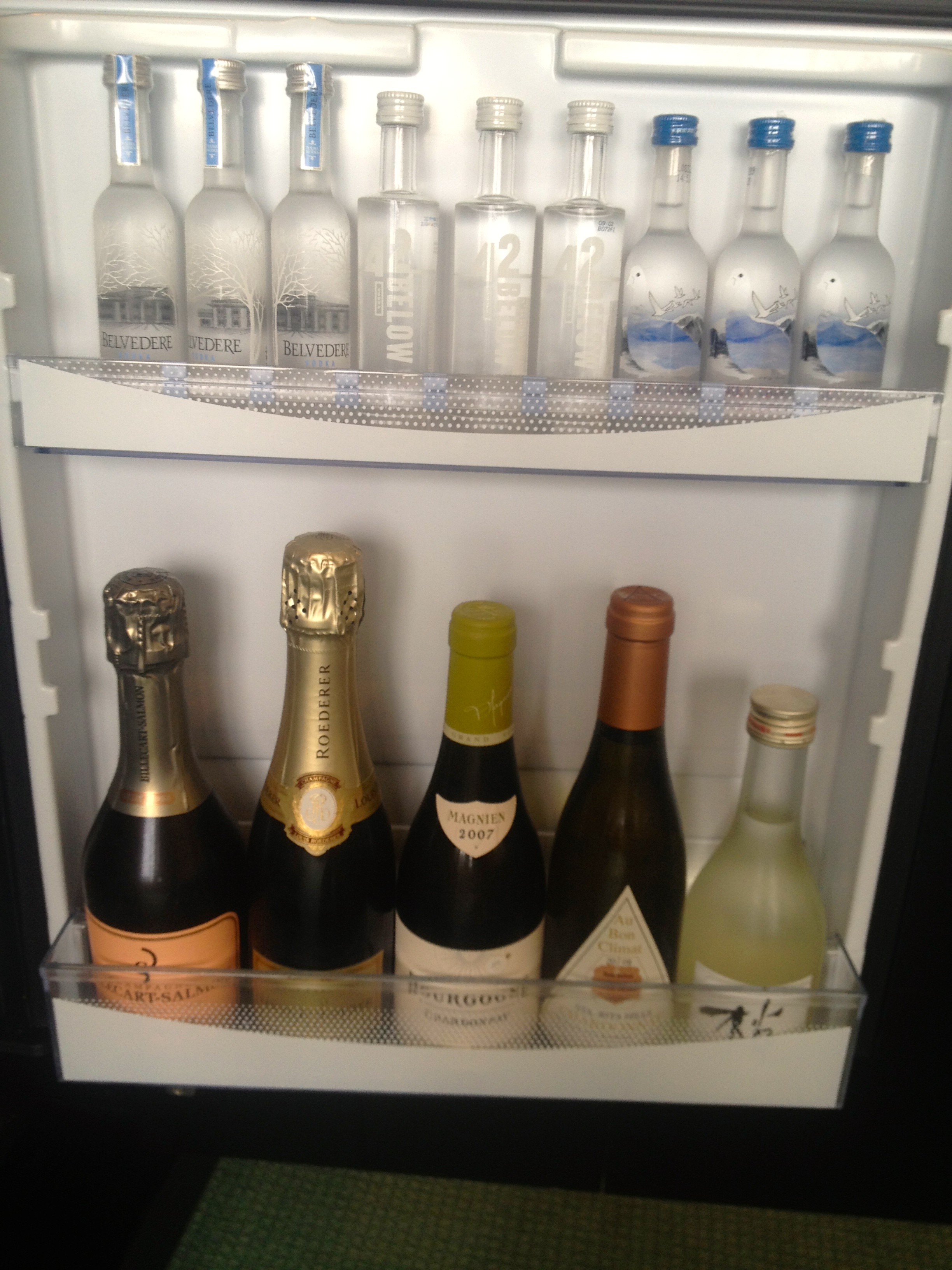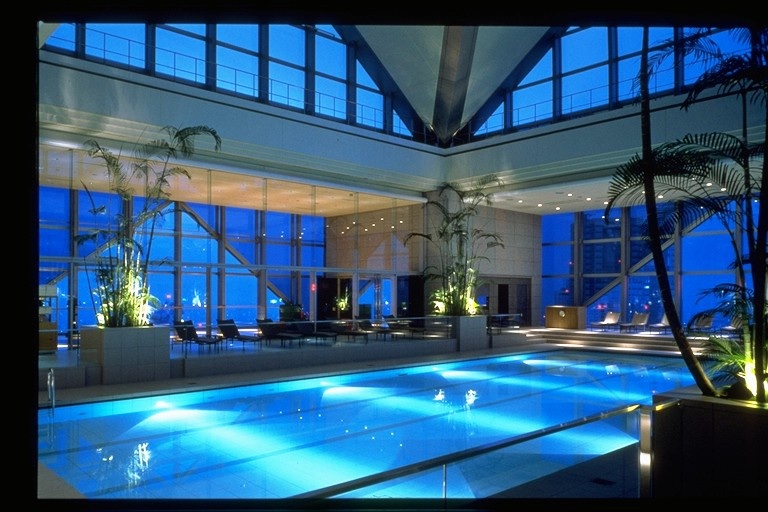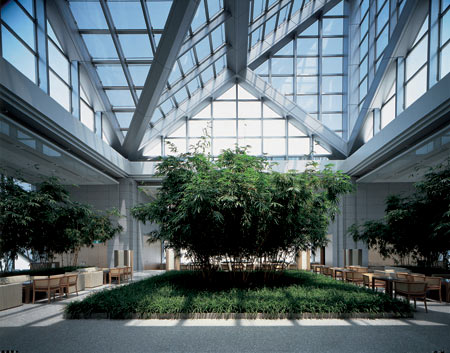3 days in Tokyo – Hotel Park Hyatt / Tokyo / Japan
Categories Destinations, Hotels, Stories14 CommentsKonnichi wa, we enjoyed Japan, Tokyo is a marvelous mix of modern living and old-fashioned manners, slick high-tech gadgets and cutesy cartoon mascots. It’s terribly crowded, yet can be strangely quiet. It’s home to the understated, and the wacky, and you often find them right next to each other on the sidewalk. That’s the beauty of this city — that, and the fabulous food and unparalleled mass transit system. There are shrines and stone lanterns and other traces of old Japan scattered among the skyscrapers and hole-in-the-wall noodle shops.
The trick is to sample it all, to visit the serene garden and the massive office tower with a sky deck.
We checked in @ the lovely Park Hyatt.
Hyatts hotels are usually big, this one is a bit smaller, but amazing and funky, build on the top of a massive, beautiful steel skyscraper.
The Hyatt was designed by the famous Japanese architect Kenzo Tange and rests on the prime levels of floors 39 to the very top. It is located in the city of Shinjuku which is known to be the one of the most popular spots for business and amusement in all of Japan. There is a ton to do here and you can access all parts of the country from the Shinjuku station as well, the place The have a fantastic location and is perfect to get some night life put a few drinks and check out the raunchy sleepless area of Kabukicho. The rooms are bigger than just about every top hotel in Japan, it’s equal in size to the rooms at the Peninsula Hotel which are known to be a large sized by Japanese standards. Anyway you get the idea it’s all about your personal flavor or the style you want to have in a room.
At the reception they gave us an upgrade and we got a park view room, but every room has stunning views and the panoramic style view of the city and the Fuji is over the top.
Luckily we found the perfect jetlag medicine in our minibar. Thx god.

Photos by our contributor & presstrip colleague Anke Bracht.
Minibarmit5sternen
The pool at the rooftop gives you great pool views and the Spa was beautiful just as I remember in the scene “Lost in Translation”.

If you got lost in translation, the concierge knows where to send you simply point them in the right direction.
They have some beautiful restos like the “Kozue” a contemporary Japanese restaurant using only the finest ingredients available. Expect to see celebrities and young women wearing kimono’s yet rocking a hermes designer bag having coffee or tea at lunch time.
We went as always to he world’s largest, busiest fish market a favorite destination for jet-lagged tourists like us with hours to fill. But the main reason for going at night to catch the live tuna auctions. Before you go, however, be sure if public access is permitted that day. If so, it will be on a first-come, first-serve basis, and limited to 120 people, admitted in two shifts of 60. You can register starting at 4:30 am at the fish information center inside the Kachidoki Gate off Harumi Street. If you prefer to do your exploring at a more reasonable hour, keep in mind that by 9 am, business will have already started to wind down. You’ll still see fishmongers filleting the day’s catch, but you won’t have to dodge so many trucks and trolleys.
It’s been said that no visit to Tsukiji is complete without a sushi breakfast. There are plenty of sushi counters here, but to find best ones, you need to wend your way to the restaurant area near the wholesale fruit and vegetable market, just inside the main gate off Shin-ohashi Street. To get there, walk in from the gate, pass the off-limits loading zone and turn left at the main road. Walk three short blocks, then turn left again down a small side street. Sushi Dai is the second shop on your right. Look for the faded green doorway curtains and very long line out front. Daiwa-Zushi, a bit farther down on the same side of the street is just as good. Expect to pay around 500 yen per generously cut, amazingly fresh piece. We would recommend Chu toro which is a bit like fat tuna.
If the wholesale market smells is not fine with you you can try Tsukiji’s outer market, a warren of narrow streets packed with stalls selling fresh seafood and other specialty items, such as real wasabi.
Take the Oedo line to Tsukiji-Shijo station, exit A1.
House & Hotel Magazine resto tip in Tokyo: the “Araki”!
Mitsuhiro Araki is a famous sushi master. He specialises in the simplest form of Edomae-sushi, served in a traditional way. You will find the resto in Ginza. Background story. He opened Araki in the residential area of Setagayaku, an area in the outskirts of Tokyo, but moved to the Ginza after receiving three Michelin stars in 2011. Mr Araki started his career at a hotel in Kanagawa after he graduated from high school, then went to Australia and worked as a chef there. When he was 25, he returned to Japan to be a sushi chef and started training. After eight years, he met his mentor, Takeaki Niizu, who was the head chef of a well-known restaurant Kiyoda in Ginza.
Araki has now relocated to a smart ground floor location in the Ginza. The chef prepars the food in front of you at a wooden counter, the entire restaurant had just nine seats. Try sashimi of red snapper from Akashi. Go ahead with seared bonito, served with a little soy sauce.
Both maguro and otoro are superb, a silky delight. So give a perfect 10 as sushi.
Try to avoid the airport taxi, too expensive, enjoy Tokyo.




Comments are closed.